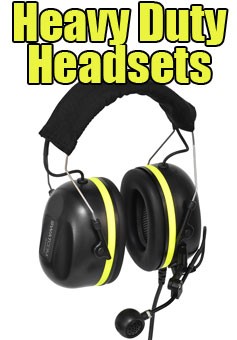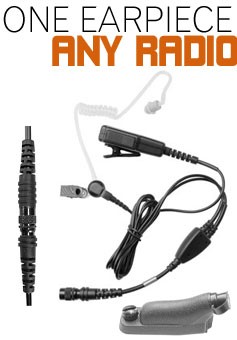
When it comes to flying, comfort is key. One often overlooked aspect of a comfortable journey is ear protection, especially during takeoff and landing when pressure changes can cause discomfort or even pain. Earplugs can be a traveler's best friend, helping to reduce noise levels and alleviate pressure discomfort.
In this guide, we will explore some of the best earplugs available for flying, taking into consideration factors such as effectiveness, comfort, and affordability. Whether you're a frequent flyer or planning your next vacation, finding the right earplugs can make all the difference in ensuring a pleasant trip.
What is Airplane Ear?
Have you ever had painful ears when flying? That’s called airplane ear, resulting from the swift change in ear pressure. This condition leads to a feeling of pressure, pain, and the urge to pop your ears. Airplane ear occurs due to the imbalance of pressure between the air inside your ear and the cabin pressure, which shifts quickly during the flight.
Mitigating the Discomfort of Airplane Ear
Fortunately, there are several ways to alleviate the discomfort associated with airplane ear. Chewing gum during takeoff and landing can help, as the chewing motion encourages swallowing, which can equalize ear pressure. Swallowing alone also aids in balancing the pressure disparities that cause the discomfort.
In addition, wearing specially designed earplugs can provide significant relief. These earplugs are crafted to help regulate the pressure on the eardrum, preventing pain during air travel. Besides easing pressure changes, earplugs also reduce noise levels, which can help you rest more comfortably in-flight.
Understanding Airplane Noise Levels
When taking off and landing, airplanes can reach noise levels of up to 105 decibels. Even when cruising, the cabin noise typically sits at around 85 decibels. To put this into perspective, that's equivalent to the volume of noisy city traffic or just slightly quieter than a bustling restaurant.
Prolonged exposure to such high noise levels can potentially lead to hearing damage. Experts warn that continuous exposure to 85 decibels can cause hearing loss after just 8 hours, which means that passengers could risk noise-induced hearing damage, especially on long-haul flights.
Best Practices for Using Earplugs
To prevent airplane ear and reduce noise levels, insert earplugs before takeoff and keep them in place until the aircraft reaches cruising altitude. Reinsert them before landing to mitigate the rapid pressure changes. Earplugs can also remain in place throughout the flight for ongoing noise reduction, ensuring a more comfortable and relaxing journey.
By understanding and employing these strategies, you can ease the discomfort of airplane ear and protect your hearing, ensuring a more pleasant and peaceful flight experience.
Check out our comprehensive guide to the best earplugs here
-

Flare EarShade Earplug
Earshade® offers a unique, comfortable, and customizable experience with i...
-

Flare CALMER earplugs
Calmer® is a revolutionary product designed to diminish irritating noises ...
-

3M Peltor Electronic Earplug
3M PELTOR Electronic Earplugs protect your hearing from sudden loud (impuls...

























